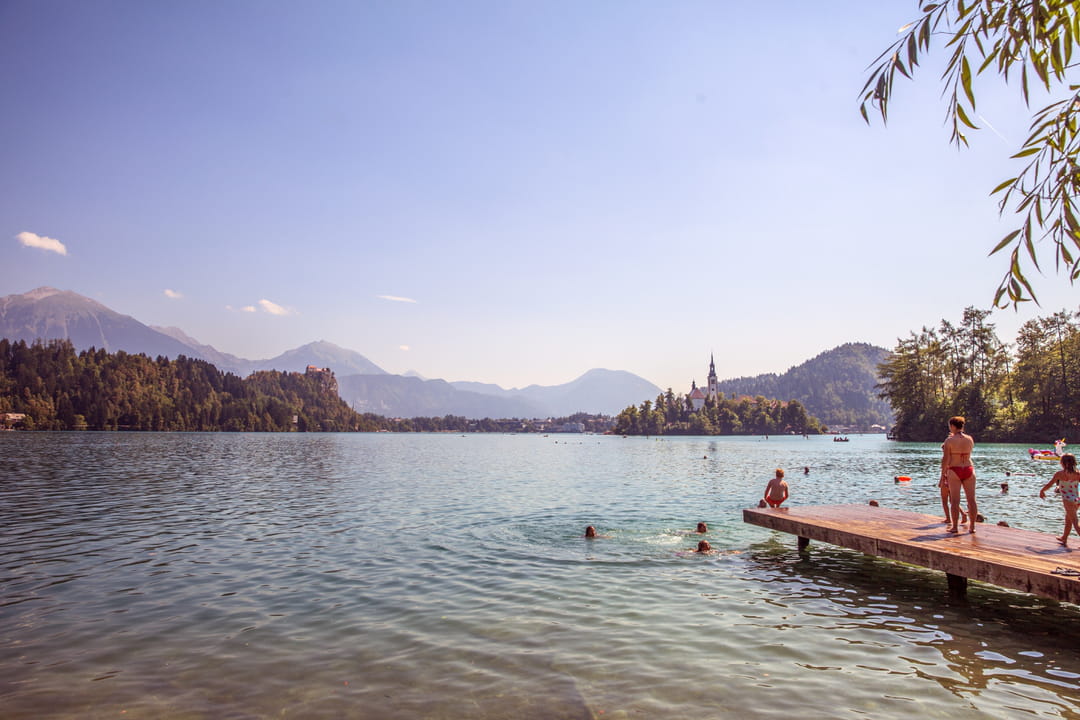Swimming in a lake can be dangerous for your health, a deadly bacteria can live there

When the thermometer rises in summer, the temptation to go swimming is great. Sea, river, lake, swimming pool... any place is good for a dip! But swimming in a lake can be dangerous for your health.
First, as in any swimming area, there is a risk of drowning. Especially since lakes are generally not supervised. In June 2025 alone, more than 100 people died in France after drowning, including 17 in a body of water, according to Public Health France .
To limit risks, it is strongly recommended to respect swimming bans and not to swim alone or after consuming alcohol. Also, remember to wet your body gradually to avoid thermal shock, as the temperature of lakes can be much lower than the air temperature.

Then there is a health risk related to the quality of lake water. The water can contain pathogenic bacteria or viruses, which are often invisible to the naked eye. Toxins can be "released by algae of the cyanobacteria family (often called blue-green algae)," the Ministry of Health specifies. The risk is particularly high in summer, with rising temperatures and sunshine.
These toxins can be "dangerous to health," "through skin contact or given the possibility of ingesting or inhaling water," warns the ministry. According to the Auvergne-Rhône-Alpes Regional Health Agency , they can cause skin irritation, manifested by itching or redness. And if ingested, these toxins can also cause gastrointestinal problems - including nausea, vomiting, abdominal pain, or diarrhea - and sometimes even neurological effects (headaches, dizziness, vision problems, or even convulsions). Although rarer, inhaling toxins can cause respiratory problems.
Fortunately, it is possible to avoid these risks. Not all swimming in a lake is a bad idea. However, it is recommended to avoid areas where swimming is prohibited. "Swim in controlled areas, check with local authorities about water quality (tests must be posted near the swimming area)," advises the Ministry of Health. The Ministry has posted a map of bathing water quality in France, including certain lakes, on its website .
You should also avoid swimming in a lake where the water is cloudy or colored (green, blue, etc.), since "cyanobacteria can become visible in the form of colored surface deposits," specifies the Regional Health Agency. Finally, especially when swimming in a place where the water quality is uncertain, it is best to avoid putting your head in the water and especially drinking it. Rinsing immediately after swimming can also reduce skin risks if pathogens are present.
L'Internaute





